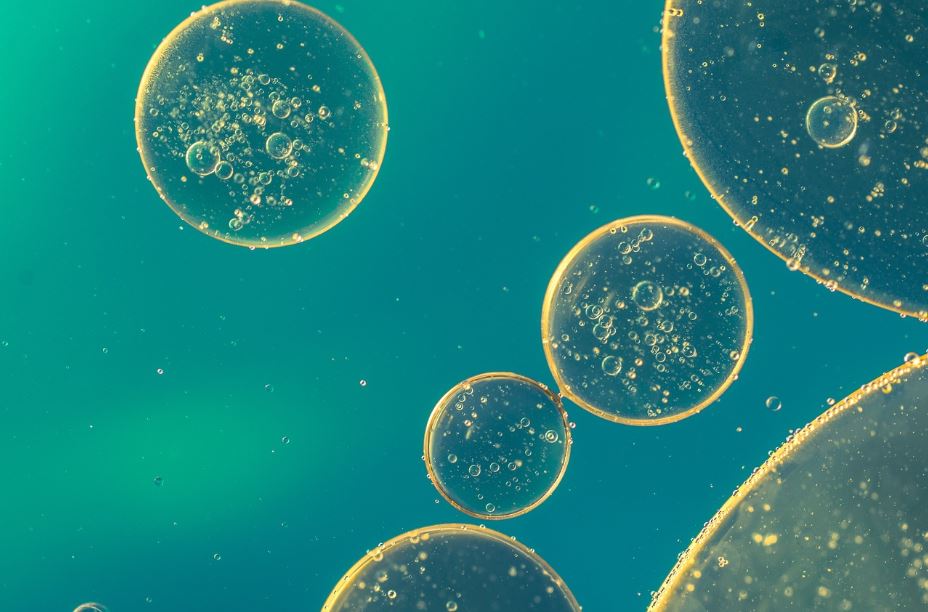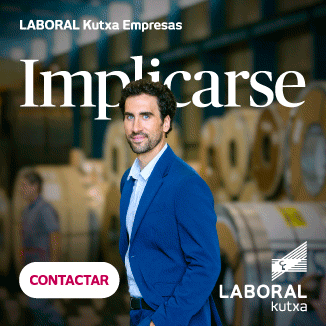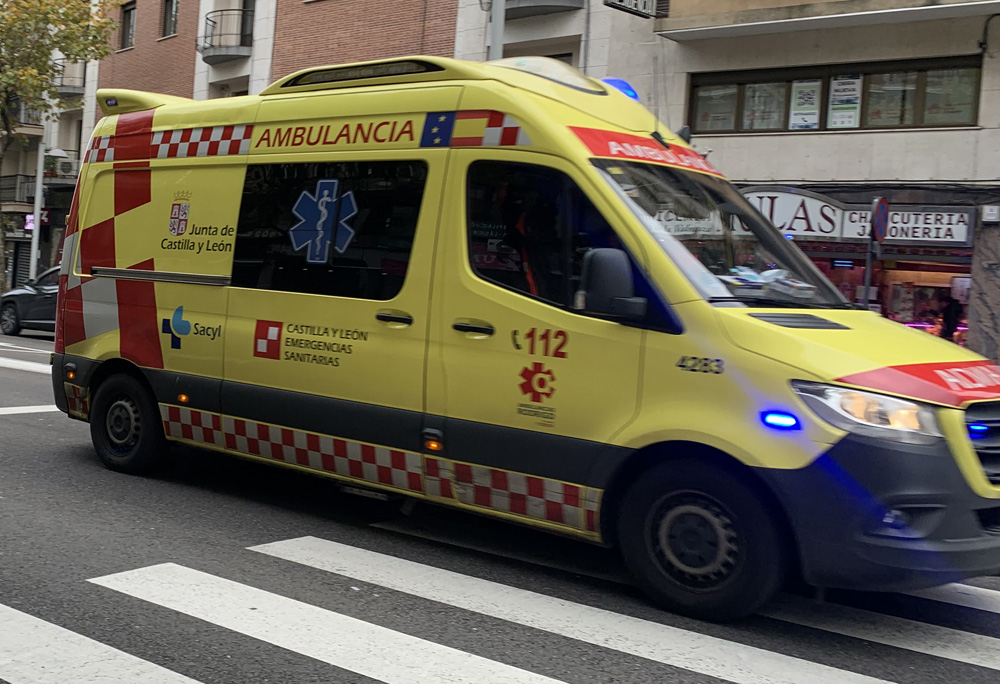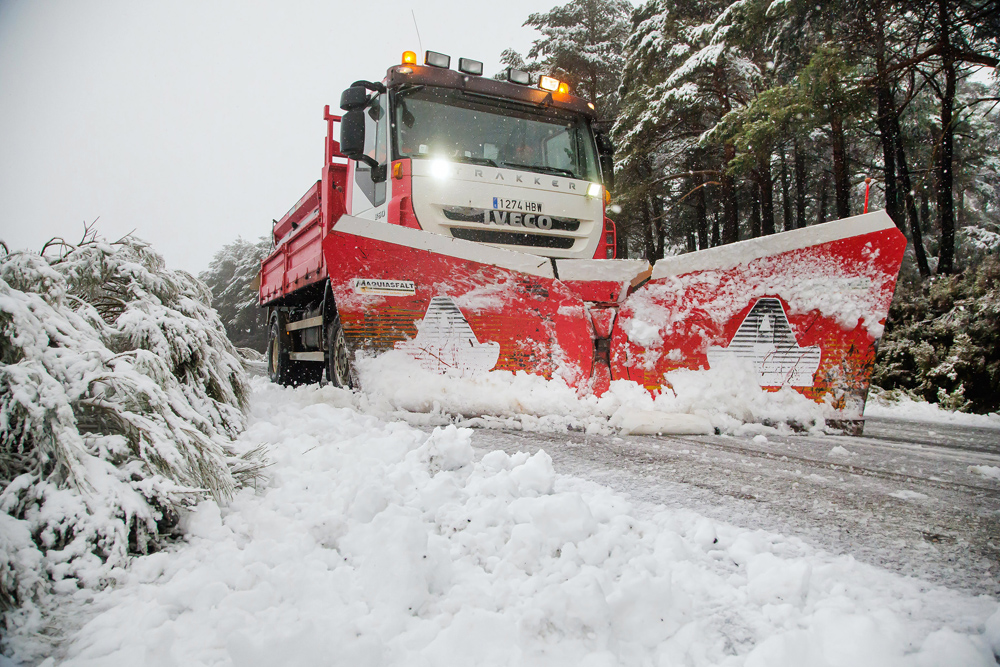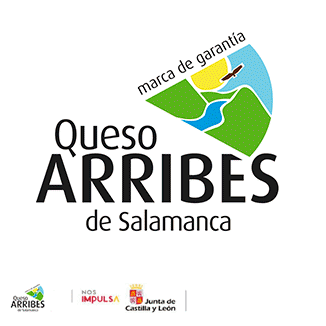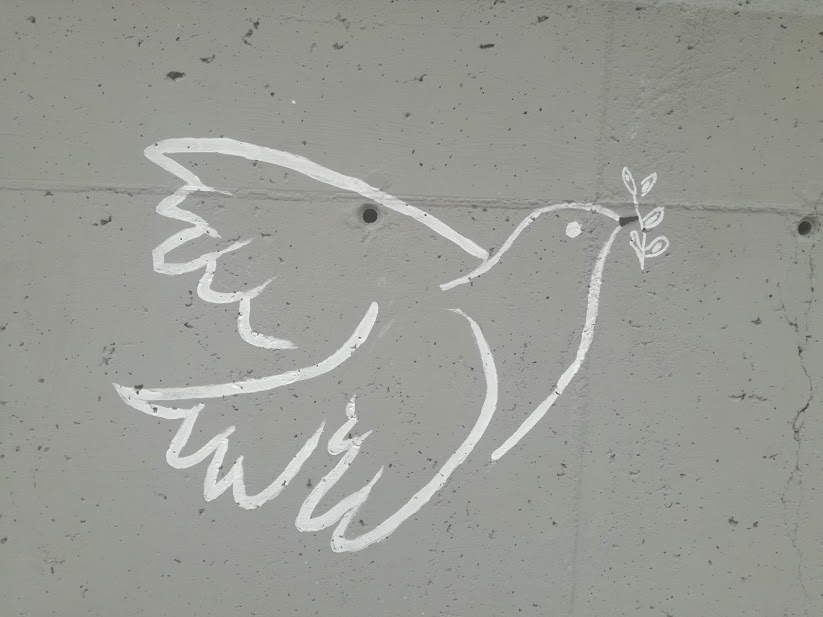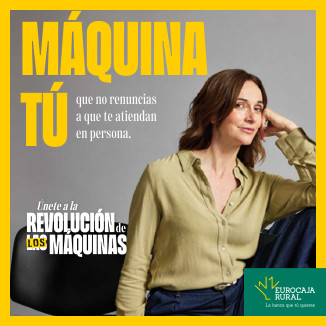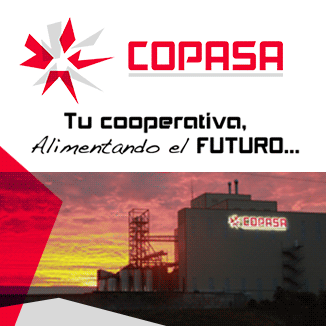¿QUÉ HACES CON EL ACEITE DE ALIMENTACIÓN USADO?
El lugar más habitual para depositar el aceite con el que hacemos nuestros fritos es el desagüe, lo que puede provocar obstrucción de las tuberías al mezclarse con otras sustancias químicas como suavizantes y detergentes. Asimismo, a través del alcantarillado, puede acabar contaminando los acuíferos subterráneos o superficiales si no existe depuradora; pero si llega a ella, provoca mal funcionamiento y un aumento de los costes de mantenimiento.
Como siempre, la reducción del uso de los productos que generan los residuos, debe ser la primera opción, pero en este caso, podemos reutilizarlo, tras un filtrado a través de una tela, para engrasar bisagras o untar moldes y fabricar jabón, cremas exfoliantes o hidratantes.
Finalmente, si depositamos los residuos de aceite de alimentación en los contenedores específicos que, actualmente podemos encontrar en nuestras calles al lado de otros más comunes como los de papel, vidrio o envases, el aceite tendrá la oportunidad de ser valorizado al utilizarse en la fabricación de biodiesel, jabones, ceras, barnices. Los puntos limpios son la otra opción disponible para la recogida de estos residuos.
La hostelería tiene mucho que aportar, pues son los principales generadores de este tipo de residuos.
No hay que olvidar que 1 litro de aceite contamina 1000 litros de agua.
“El reciclaje es excelente en muchos sentidos, aunque el objetivo final es lograr que las personas eviten el desperdicio en primer lugar”. (Mckenzie Jones).
WHAT DO YOU DO WITH THE USED FOOD OIL?
The most common place to dispose of the oil with which we make our fried food is the drain, which can cause clogging of the pipes when mixed with other chemicals such as softeners and detergents. Also, through sewage, it can end up contaminating underground or surface aquifers if there is no sewage treatment plant; but if it reaches it, it causes malfunction and an increase in maintenance costs.
As always, the reduction of the use of the products that generate the waste, should be the first option, but in this case, we can reuse it, after filtering through a cloth, to grease hinges or smear molds and make soap, exfoliating or moisturizers creams.
Finally, if we deposit the waste of food oil in the specific containers that we can currently find in our streets next to other more common ones such as paper, glass, the oil will have the opportunity to be valued when used in manufacturing of biodiesel, soaps, waxes, varnishes. The clean points are the other available option for the collection of this waste.
Hospitality has a lot to contribute, since they are the main generators of this type of waste.
Do not forget that 1 liter of oil contaminates 1000 liters of water.
“Recycling is excellent in many ways, although the ultimate goal is to get people to avoid waste in the first place”. (Mckenzie Jones)
Antonio González Losa


